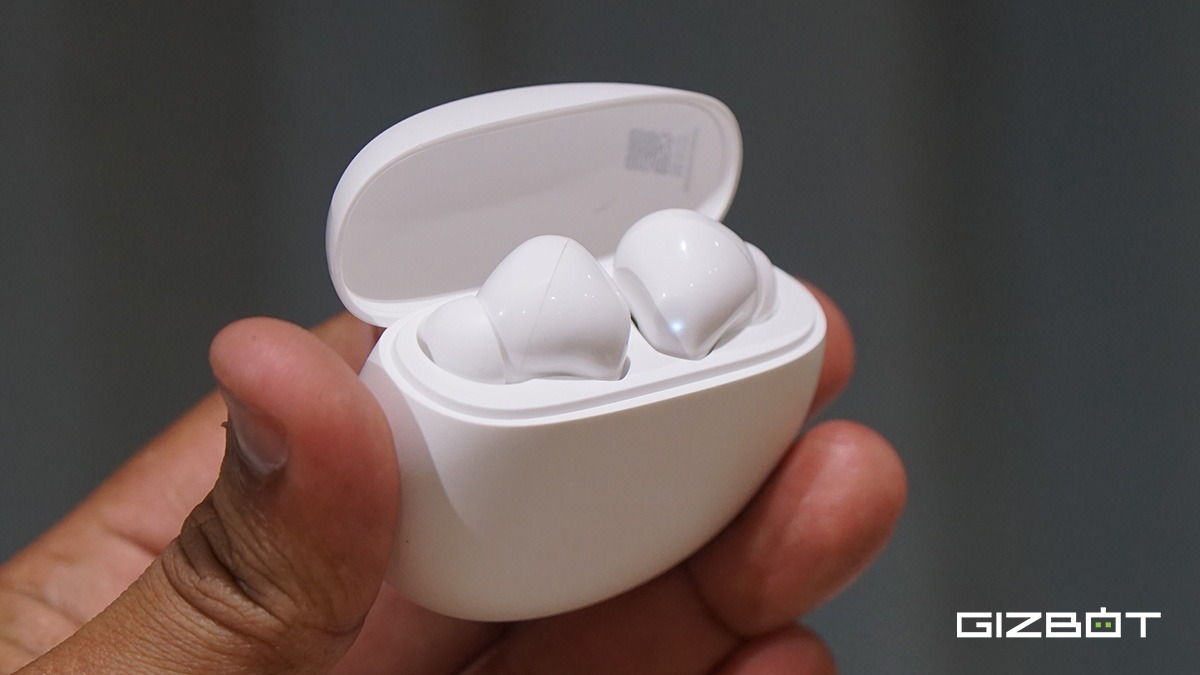Just In
- 2 hrs ago

- 4 hrs ago

- 4 hrs ago

- 4 hrs ago

Don't Miss
- Movies
 Kalki 2898 AD: Facts About Ashwatthama To Know Before Watching Prabhas-Amitabh Bachchan's Film
Kalki 2898 AD: Facts About Ashwatthama To Know Before Watching Prabhas-Amitabh Bachchan's Film - News
 Who Is Lisa Pisano, New Jersey Woman Gets Pig Kidney Transplant And Heart Pump?
Who Is Lisa Pisano, New Jersey Woman Gets Pig Kidney Transplant And Heart Pump? - Sports
 Pakistan vs New Zealand 4th T20 Live Score, Latest Updates From Lahore: Babar Azam Opts To Bowl First; Fakhar Zaman, Imad Wasim Return To Line-Up
Pakistan vs New Zealand 4th T20 Live Score, Latest Updates From Lahore: Babar Azam Opts To Bowl First; Fakhar Zaman, Imad Wasim Return To Line-Up - Finance
 Tech Mahindra Q4 Results: Cons PAT Declines 41% YoY To Rs 661 Crore; Exits FY24 In Red
Tech Mahindra Q4 Results: Cons PAT Declines 41% YoY To Rs 661 Crore; Exits FY24 In Red - Automobiles
 Royal Enfield Unveils Revolutionary Rentals & Tours Service: Check Out All Details Here
Royal Enfield Unveils Revolutionary Rentals & Tours Service: Check Out All Details Here - Education
 AICTE introduces career portal for 3 million students, offering fully-sponsored trip to Silicon Valley
AICTE introduces career portal for 3 million students, offering fully-sponsored trip to Silicon Valley - Lifestyle
 Heeramandi Screening: Alia Bhatt, Ananya Panday, Rashmika Mandanna And Others Serve Finest Ethnic Style!
Heeramandi Screening: Alia Bhatt, Ananya Panday, Rashmika Mandanna And Others Serve Finest Ethnic Style! - Travel
 Escape to Kalimpong, Gangtok, and Darjeeling with IRCTC's Tour Package; Check Itinerary
Escape to Kalimpong, Gangtok, and Darjeeling with IRCTC's Tour Package; Check Itinerary
Samsung unveils its latest and most advanced ISOCELL image sensors for smartphones
The new image sensors fully utilize Samsung's advanced pixel technology, and are highly versatile as they can be placed in both front and rear of a smartphone.
As market demand for sleeker smartphones with advanced features increases, Samsung Electronics has unveiled two new ISOCELL image sensors for mobile devices. The two sensors include a 1.28-micrometer (μm) 12-megapixel (Mp) ISOCELL Fast 2L9 sensor and an ultra-small 0.9μm 24Mp ISOCELL Slim 2X7 sensor.

Announcing the new sensors, Ben K. Hur, Vice President of System LSI Marketing at Samsung Electronics said, "Samsung ISOCELL Fast 2L9 and ISOCELL Slim 2X7 are new image sensors that fully utilize Samsung's advanced pixel technology, and are highly versatile as they can be placed in both front and rear of a smartphone." "Samsung plans to further develop the Dual Pixel and 0.9μm-pixel product categories, and expand applicable devices for ISOCELL image sensors that can enhance photographing experiences for consumers."
Samsung ISOCELL image sensors basically come in four categories like Fast, Slim, Bright and Dual. These as categorized depending on their key attributes.
And talking about key attributes, at 0.9μm, the ISOCELL Slim 2X7 is the first sensor in the industry to have the pixel size below 1.0μm. As per the company, despite having a small pixel size, the Slim 2X7 is able to provide high color fidelity with less noise due to the improved ISOCELL technology's deeper DTI (deep trench isolation) that reduces color crosstalk and expands the full-well capacity to hold more light information.

In addition, the small 0.9μm pixel size enables a 24Mp image sensor to be fitted in a thinner camera module, allowing premium smartphones to offer high-resolution cameras in a very slim and elegant design.
ISOCELL Slim 2X7 is also packed with Tetracell technology, which lets the sensor take brighter photographs in the dark and more detailed ones in well-lit environments. This technology improves performance in low-light situations by merging four neighboring pixels to work as one to increase light sensitivity. In bright environments, Tetracell uses a re-mosaic algorithm to produce full resolution images. This enables consumers to use the same front camera to take photos in various lighting conditions.

Talking about ISOCELL Fast 2L9, with Dual Pixel technology, the sensor is said to deliver ultra-fast auto-focus at a reduced pixel size from the previous Dual Pixel sensor's 1.4μm to 1.28μm. The company explains Dual Pixel technology employs two photodiodes in each and every pixel of the sensor instead of only one. With 12 million focus detecting pixels, the sensor is able to not only quickly focus on small still objects, but also lock on and track moving objects without losing focus, even in low-light environments.
"With smaller pixel size, the ISOCELL Fast 2L9 can fit into slimmer camera modules, enabling bump-less designs for smartphones. Dual Pixel technology especially allows depth-of-field effect for taking bokeh, or aesthetically out-of-focused photographs, through a traditional single-lens camera," the company said.
-
99,999
-
1,29,999
-
69,999
-
41,999
-
64,999
-
99,999
-
29,999
-
63,999
-
39,999
-
1,56,900
-
79,900
-
1,39,900
-
1,29,900
-
65,900
-
1,56,900
-
1,30,990
-
76,990
-
16,499
-
30,700
-
12,999
-
11,999
-
16,026
-
14,248
-
14,466
-
26,634
-
18,800
-
62,425
-
1,15,909
-
93,635
-
75,804












































